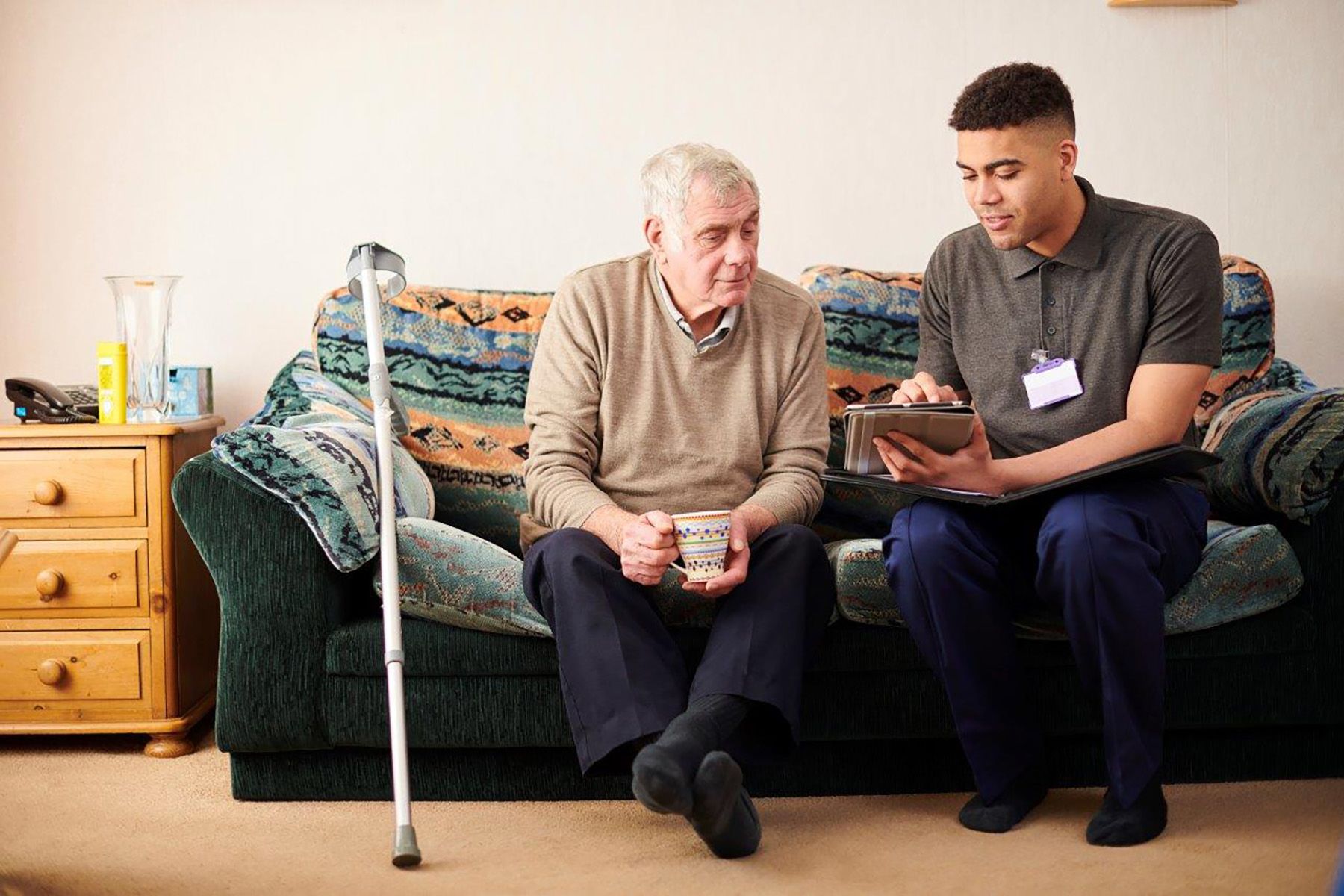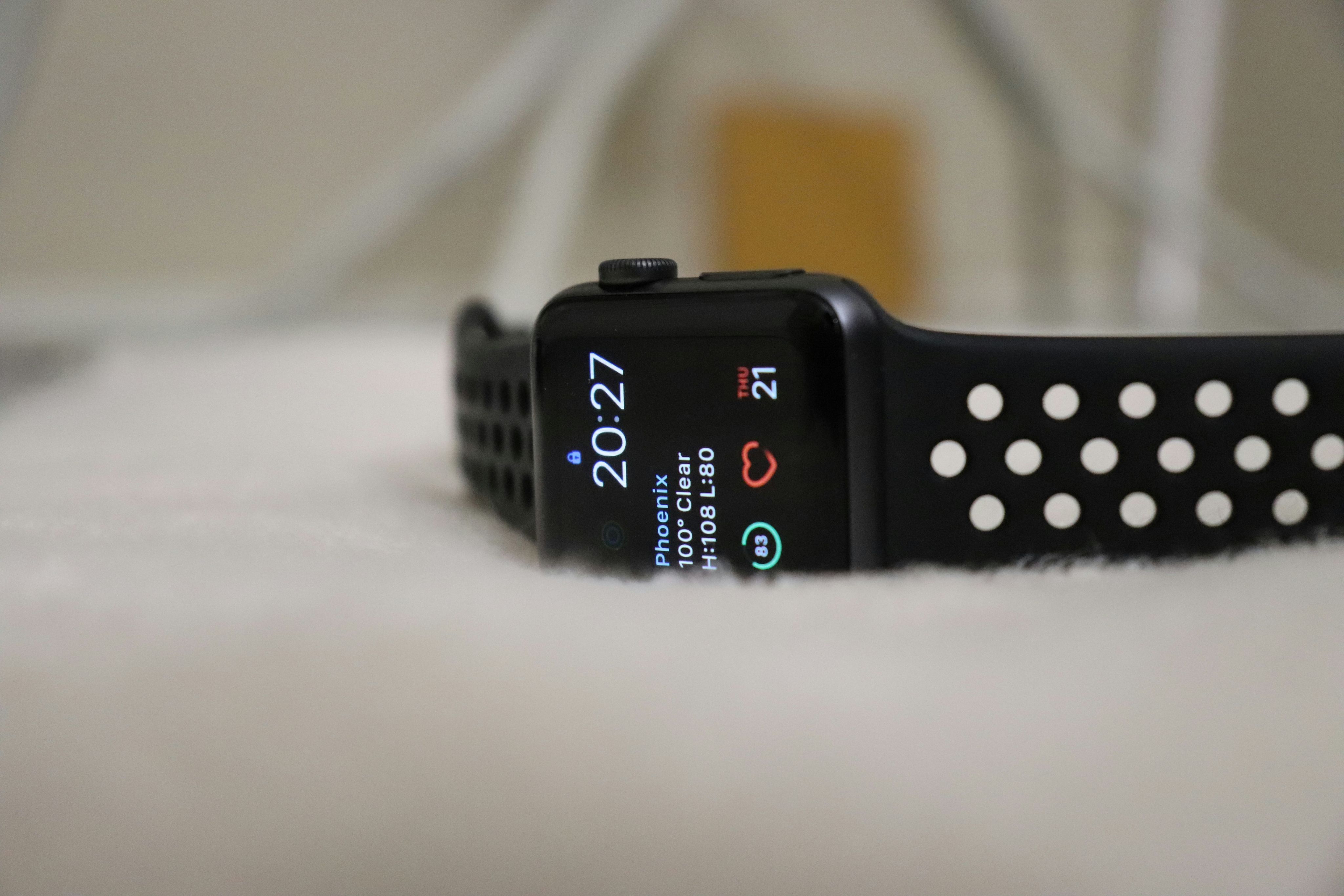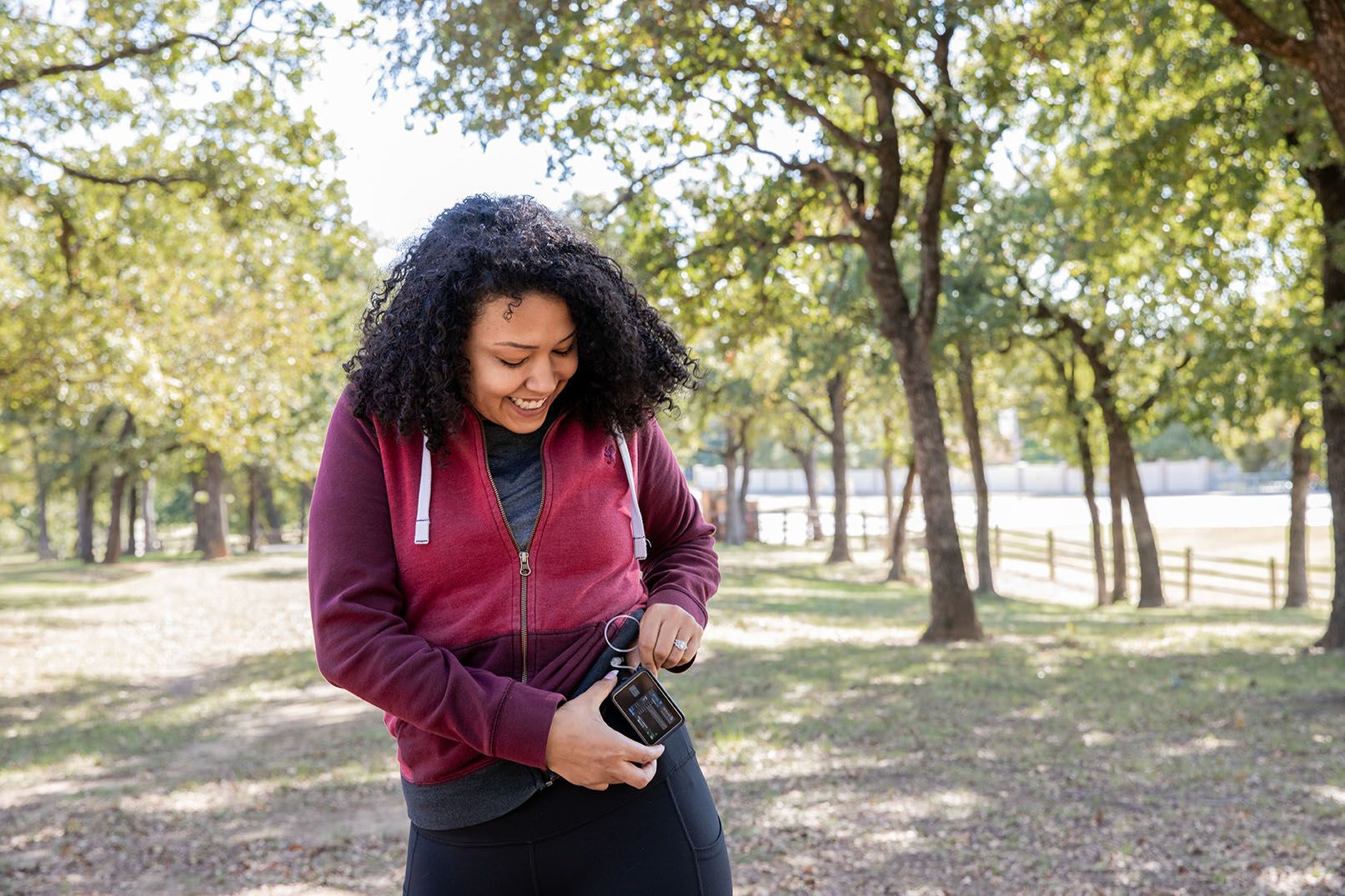How will we know our strategy has been successful?

Ultimately, this strategy is about developing and delivering a best practice approach to involvement and engagement, to increase the impact of our guidance and ensure we get the best care for people and communities.
We define ‘best practice’ as shared learning from national and international partners. This includes best practice approaches for involvement and engagement and for developing guidance, such as:
- Guidelines International Network (G-I-N) Public Toolkit
- Health Technology Assessment International (HTAi) Values and Standards for Patient Involvement in Health Technology Assessment
- National Institute for Health Research (NIHR) UK Standards for Public Involvement.
We will also build the evidence base for ‘best practice’ by testing innovative approaches and learning through robust evaluations.
Over the next 3 years we will measure, monitor, and share our progress in delivering this vision and its aims. We have defined how we will measure success and will set annual targets to ensure we are making progress.
In addition, we will test that we are on track by seeking feedback from the people, communities, and partners we engage with, continually learning and adapting.
'To have a best practice approach to involvement and engagement, to improve the impact of our guidance and ensure the best care for people and communities.'

Impactful involvement & engagement
- The areas that matter most to people and communities are identified, and there is increased guidance uptake in these prioritised areas.
- Improved rating and feedback on experience, impact and psychological safety from people & communities involved in guidance development.
- Involvement opportunities and communications are accessible for people and communities, measured through quantitative, qualitative and narrative evidence sources.
- An updated payment policy fairly and transparently compensates people for their involvement and engagement.
Tailored approaches
- Introduction of a suite of involvement and engagement methods to enable a tailored approach to guidance development.
- Annual improvements in our reputational research survey results from the voluntary and community sector, across all domains.
- Increased participation and improved feedback on experience and impact from groups who experience health inequalities, including carers, advocates, or representatives.
An innovative culture
- The impact of any innovative or new ways of working are routinely evaluated and implemented more widely in guidance production.
- Guidance development methods will be updated to define tailored options and evaluation approaches for impactful involvement and engagement.
Productive partnerships
- Increased number of new partnerships formed with voluntary and community sector organisations to increase the uptake and impact of NICE guidance.
- Positive rating and feedback on experience and impact of the partnership from voluntary and community sector organisations.
Focus on people first
- Designate a NICE Board non-executive director with specific responsibility for people and communities involvement and engagement.
- Increase the proportion of NICE staff trained as involvement and engagement leaders, to build an organisational culture for involvement and engagement.

What will be different by 2027?
- We will establish our people and communities oversight group with membership from voluntary and community sector organisations and people with lived experience.
- Our people and communities oversight group will co-design and agree how we measure the baseline data and set annual targets.
- We will work with partners to identify prioritised topic areas and co-design programmes of work. We will launch and implement a new payment policy. We co-design and publish a delivery plan to define tailored options for involvement and engagement and methods for measuring their impact.
- We will establish a training programme for NICE staff and recruit at least one representative from across all NICE directorates to become an involvement and engagement leader.
- We will designate a NICE Board non-executive director to have a specific responsibility for people and community involvement and engagement.

How will people and communities know our strategy is working for them?
While it is important to be able measure progress, it’s also essential that we define how delivery of a successful strategy will feel different for the people, communities and partners who work with us over the next 3 years. We retain our commitment to inclusivity, transparency, and active participation in healthcare decision-making.
In working together, they will...
Clearly see the influence and impact of their insight in our guidance.
Have their insight sought and valued.
Be working in partnership with NICE and co-producing work to amplify impact.
See improved uptake of guidance in areas most affected by health inequalities.
Have a positive experience of working with NICE.
Work alongside NICE in a way that works for them.
Feel actively involved in testing with, and learning from, new and innovative ways to work together.
Developing the plan and reporting progress
We have set a timeframe of 3 years from August 2024 to deliver this strategy. Our success will be dependent upon everyone understanding their part in helping to deliver our vision, aims and measures. To this end, we must ensure that people within NICE, partners and the people and communities we work alongside are clear how their role, responsibilities and behaviours support our collective vision.
We will translate our strategy into specific annual deliverables, targets and activities to be taken forward, in partnership with the people, communities and partners we work alongside.
Development and delivery of the strategy will be overseen by our involvement and engagement steering groups, to ensure we are on track and delivering our aims. People and community involvement and engagement activity will be spotlighted through our programme board reporting and associated measures reported regularly to the Board. This will feed into the NICE annual report and appropriately communicated with people and communities.







